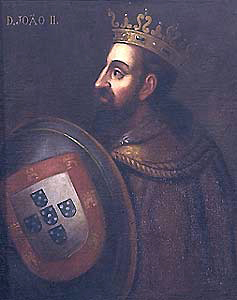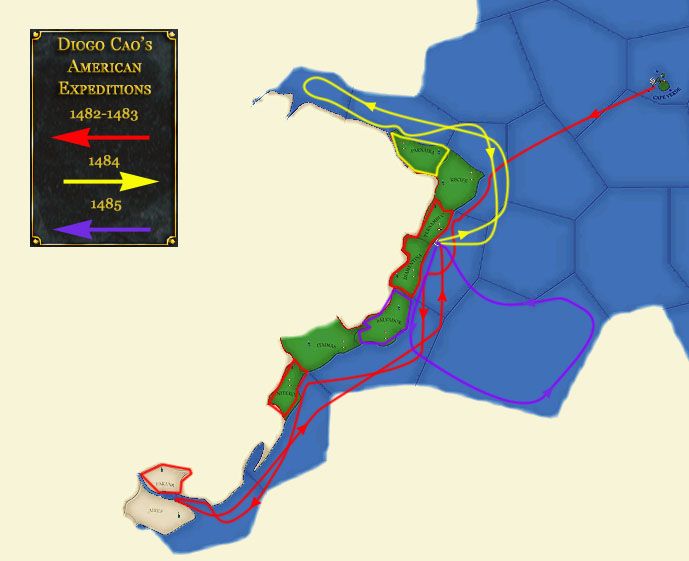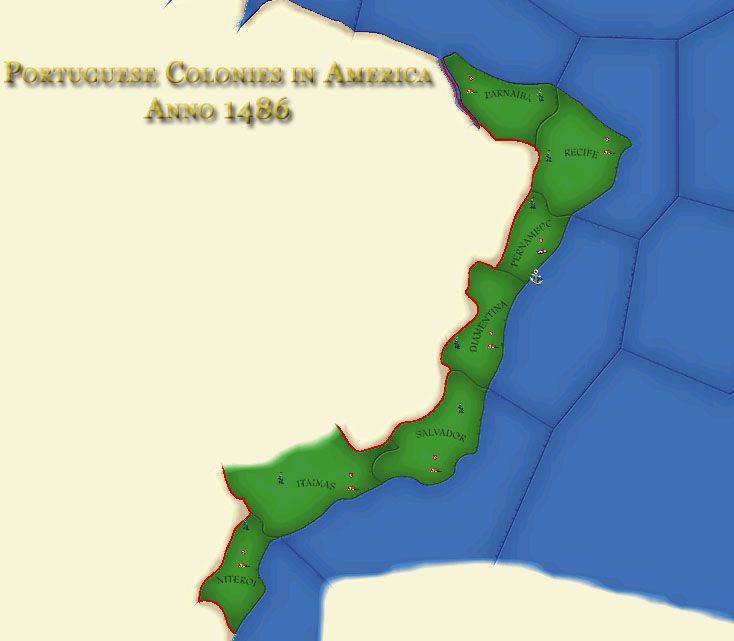basharious said:
Nice AAR! I really like your maps. Tutorial please

.
Also, where have all the minors gone? Austria?
Interesting game

All I've done is use photoshop, cutting and pasting in some of the EU2 interface images.
Then I used the paths feature to create the route of the explorers. Then using other features such as blending, custom fonts and images from the internet, I've put together everything.
It has taken me years of practice and trial and error to build up my knowledge of photoshop, which is probably quite limited. I suppose it would take a few weeks to be able to grasp all the basics and become quite skilled at the use of photoshop however. Of course, how much time you spend depends on what you want to get out of it. What I seek from photoshop, is to provie images to the few hobbies I have, thus I don't need to spend that much time.
Anyway to answer your questions;
The minors were all eaten up early on by the likes of Austria, Poland, Bohemia & Burgundy. The likes of Austria (now deceased) and currently Poland are suffering from their greed and high BB. Poland seems to get regular gang bangs now.
If you look back at my maps of Europe, you will see in 1433 Austria was quite huge, especially for that early in the game, but by 1460 it only owned Vienna and a piece of Switzerland. Again it was all down to BB.
Portugal have stayed out of wars as much as possible in Europe, because the Portuguese understand that constant warring cannot help a nation last through the centuries, but only help those who have the resources to war regularly - and Portugal are certainly do not possess such resources.
I like the maps alot and its fresh to see a ExploAARation.
I like the maps alot and its fresh to see a ExploAARation.











.



